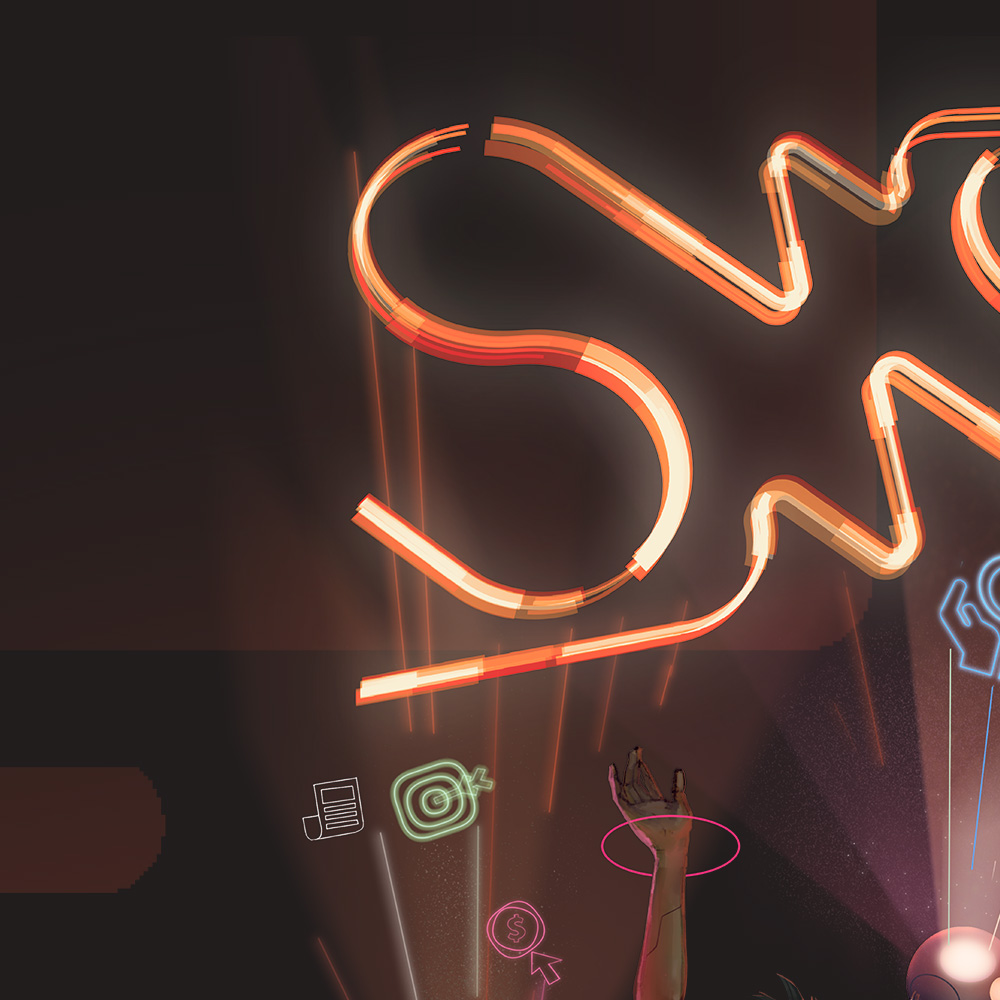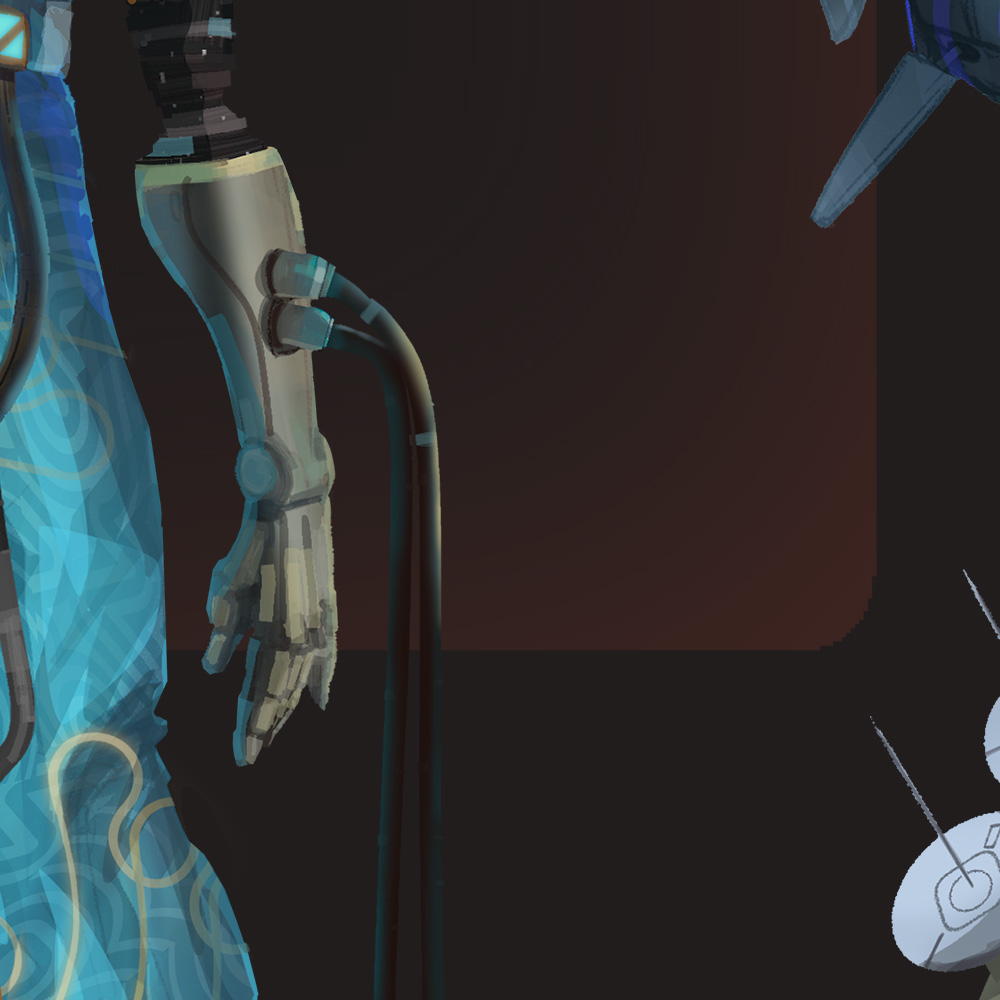
Software as a Service (SaaS) is a method of software delivery where applications are hosted remotely by a provider and made available to customers over the internet. Here's a detailed look at how SaaS software is distributed, with examples and links.
Distribution Methods
1. Cloud Hosting
SaaS applications are typically hosted in the cloud, allowing users to access the software from any device with an internet connection. Cloud hosting providers like Amazon Web Services (AWS), Microsoft Azure, and Google Cloud Platform manage the infrastructure, ensuring high availability and scalability.
- Example: Salesforce uses cloud hosting to deliver its CRM solutions to businesses worldwide.
2. Web-Based Access
Users access SaaS applications through a web browser, eliminating the need for complex installations or IT maintenance on individual devices. This makes it convenient for users to access the software from various devices and locations.
- Example: Google Workspace (formerly G Suite) provides web-based tools like Gmail, Google Docs, and Google Drive.
3. Subscription Model
SaaS is usually offered on a subscription basis, which can be monthly or annually. This model allows customers to pay for the software as they use it, rather than making a large upfront investment. Subscriptions often include updates and support.
- Example: Adobe Creative Cloud offers a subscription-based model for its suite of creative tools.
4. API Integrations
SaaS platforms often provide APIs (Application Programming Interfaces) that allow them to integrate with other software applications. This enables businesses to streamline workflows and enhance the functionality of their existing systems.
- Example: Slack provides APIs for integrating its messaging platform with other applications.
5. Multi-Tenancy Architecture
SaaS applications commonly use a multi-tenancy architecture where a single instance of the software serves multiple customers. Each customer's data is isolated and secure, but they share the same application resources, making it cost-effective for providers.
- Example: Zendesk uses multi-tenancy to deliver its customer service software to numerous clients.
6. Automatic Updates
Providers manage software updates and maintenance, delivering new features and security patches automatically. This ensures that users always have access to the latest version of the software without needing to manually install updates.
- Example: Microsoft Office 365 automatically updates its applications to the latest versions.
SaaS Distribution Channels
1. Direct Sales
Providers may sell directly to customers through their sales teams. This method is often used for enterprise-level SaaS solutions that require a more personalized sales approach and customization.
- Example: Salesforce uses direct sales for its CRM solutions.
2. Online Marketplaces
SaaS applications can be distributed through online marketplaces like AWS Marketplace, Microsoft Azure Marketplace, and Google Cloud Marketplace. These platforms make it easy for customers to find, compare, and purchase SaaS products.
- Example: AWS Marketplace lists various SaaS applications for businesses.
3. Resellers and Partners
Providers may work with resellers, system integrators, and other partners to distribute their software. These partners help reach a broader audience and provide additional value-added services.
- Example: HubSpot partners with agencies to extend its marketing software's reach.
4. Freemium Model
Many SaaS providers offer a freemium model, where a basic version of the software is available for free, and more advanced features are offered through paid subscriptions. This allows users to try the software before committing to a purchase.
- Example: Dropbox offers a freemium model with limited storage for free users and additional features for paying customers.
5. Trial Periods
Offering free trials is a common strategy to attract new customers. Potential users can test the full features of the software for a limited period, usually 14 or 30 days, before deciding to subscribe.
- Example: Asana offers a free trial period for its project management software.
6. Referral Programs
Referral programs encourage existing customers to refer new users to the SaaS application. These programs often provide incentives, such as discounts or credits, to both the referrer and the new customer.
- Example: Dropbox has a referral program that rewards users with additional storage space for each referral.
Conclusion
The distribution of SaaS software leverages the flexibility and scalability of the cloud, making it accessible and convenient for users. Through web-based access, subscription models, and integration capabilities, SaaS providers can deliver their applications efficiently. Various distribution channels, including direct sales, online marketplaces, and freemium models, help reach a wide audience and facilitate growth.
Find a B2B SaaS Expert
We've collected a directory of B2B SaaS experts and agencies that we've reviewed and categorised based on service and specialism for your review.








